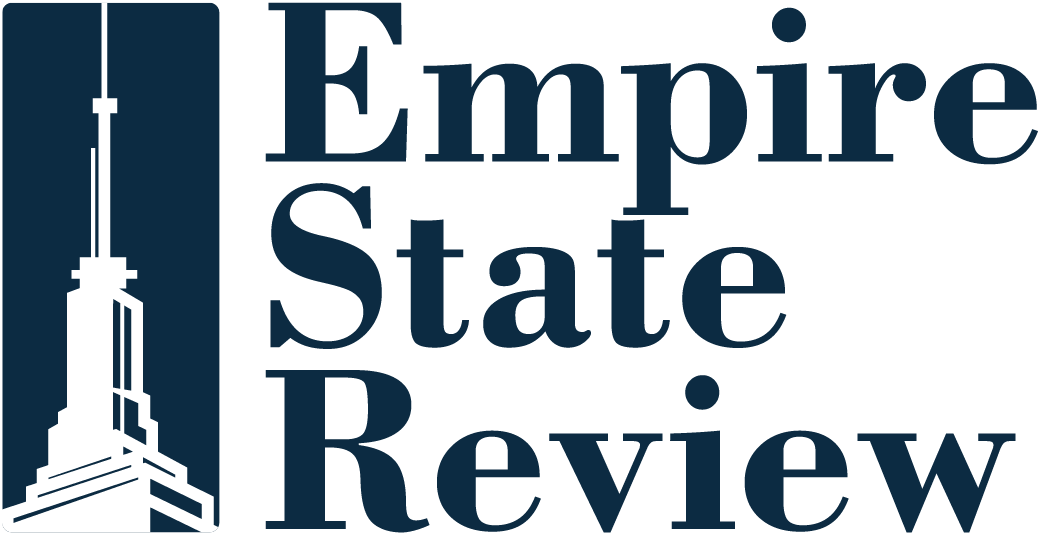Concerns Over NYC’s Congestion Pricing and Federal Funding
NEW YORK – The U.S. Department of Transportation (DOT) is escalating its stance on New York City’s congestion pricing initiative, presenting Governor Kathy Hochul with an ultimatum that could impact significant federal funding within the state.
Federal Ultimatum on Congestion Pricing
In a recent letter to Governor Hochul, Transportation Secretary Sean Duffy conveyed that unless New York disables its congestion pricing gantries, federal funding for numerous road construction projects—including those outside Manhattan—could be withdrawn. This comes after the state did not meet a previous compliance deadline of April 20.
“Let me repeat this for those who didn’t hear me the first 10 or 11 times,” Governor Hochul responded firmly to the federal ultimatum.
Claims of Noncompliance
The letter from Secretary Duffy indicated that the governor’s actions toward congestion pricing could be viewed as detrimental to working-class Americans. High-profile figures in Congress, such as Representative Nicole Malliotakis, have echoed concerns over compliance with federal regulations, arguing that the state is operating the congestion pricing cameras in violation of the law.
Impacts of Congestion Pricing
Despite the federal pushback, state officials assert that congestion pricing has already yielded positive results:
- Nearly 6 million fewer vehicles have entered the pricing zone compared to past years.
- There is a rise in usage of public transportation, with hundreds of thousands more riders utilizing subways and buses weekly.
- The program is generating over $50 million monthly, exceeding initial projections by the Metropolitan Transportation Authority (MTA).
Economic Concerns
Critics have raised fears regarding the program’s impact on the local economy. However, Lisa Daglian, executive director of the Permanent Citizens Advisory Committee to the MTA, countered these claims by pointing to increased attendance at Broadway shows and rising restaurant reservations:
“They’re really concerned about what is happening to New York’s economy. They should look to see what’s happening to Broadway attendance, and they’ll see that Broadway show attendance is up. They’ll see that restaurant reservations are up,” Daglian explained.
Next Steps and Future Prospects
Secretary Duffy has set a new compliance deadline of May 21. Should the state fail to adhere to this ultimatum, federal penalties are anticipated to commence one week later.
Governor Hochul remains resolute, maintaining, “Congestion pricing is legal. It’s working. Business is up, traffic is down, and the cameras are staying on.”
Conclusion
The ongoing conflict over congestion pricing illustrates the friction between state initiatives aimed at reducing traffic congestion and federal oversight regarding compliance and funding. The outcomes of this situation will significantly influence New York City’s transportation landscape and its economic recovery.

